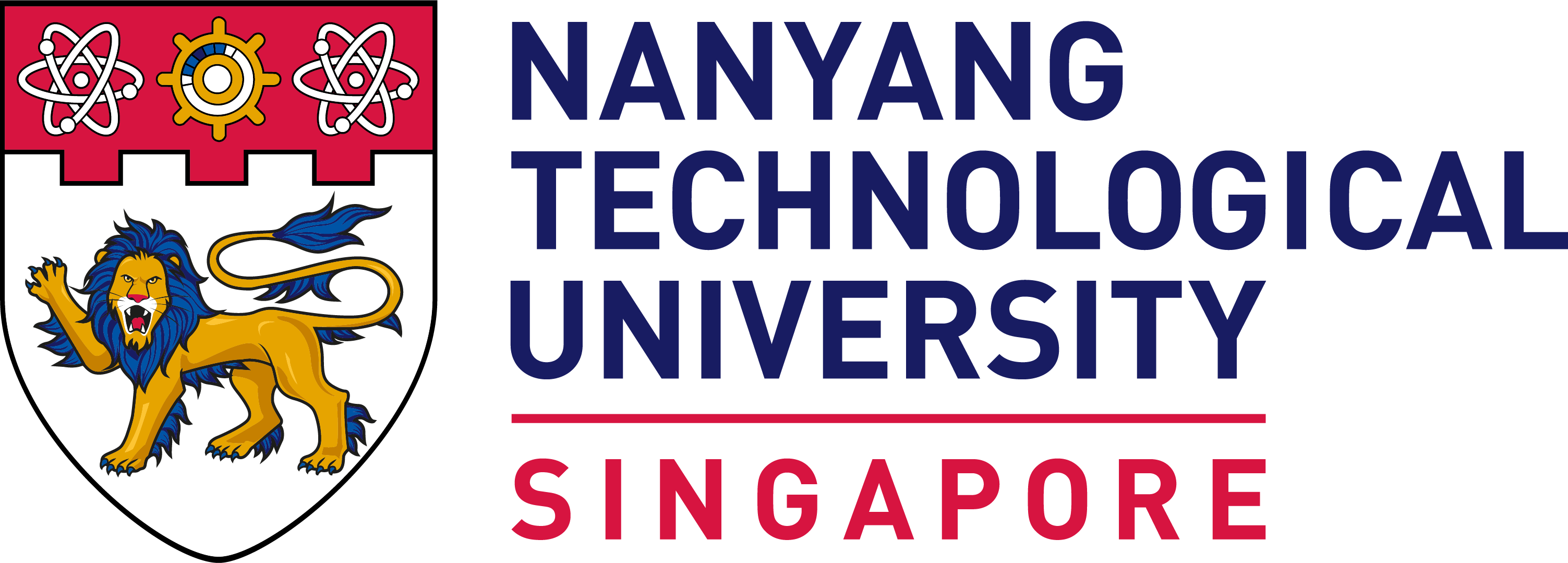Air, Light and Dust: Surveillance and Discipline within Maternity Hospitals in Colonial Singapore

newborn babies were fragile and vulnerable. One utmost concern of the Colonial Government over population at the turn of the 20th Century was the high infant mortality rate among the natives.
These elements are intangible, invisible, ubiquitous, filling up the entire space within tangible walls; they create invisible barriers within what Brenda Yeoh identifies as “contested public space”. Altogether, air, light and dust not only form a sanitary code to be adhered to in hospitals, but rather, they are elements of surveillance and discipline. Therefore, this paper aims to highlight how native bodies were being disciplined in a physical space through the shift of birth delivery location from filthy homes to sanitized hospitals to achieve “modernisation”. This paper examines from an architectural history perspective, how these invisible boundaries become visible in Westernized hospitals through sanitary maintenance and sacrifices in the delivery and birth customs of the local patients and their relatives. These barriers are not definite, uniform and impermeable, their formation and disintegration are also not a one-sided interaction between the Municipal and patients.
Sophia Chen is a second year Masters student at Tsinghua University, Beijing, majoring in World History. Her research interests are in Food History, History of Medicine in the Tropical region, History of Christianity as well as Overseas Chinese from 18th to 20th Century in Southeast Asia, particularly focusing on the Straits Settlements.














/enri-thumbnails/careeropportunities1f0caf1c-a12d-479c-be7c-3c04e085c617.tmb-mega-menu.jpg?Culture=en&sfvrsn=d7261e3b_1)

/cradle-thumbnails/research-capabilities1516d0ba63aa44f0b4ee77a8c05263b2.tmb-mega-menu.jpg?Culture=en&sfvrsn=1bc94f8_1)
